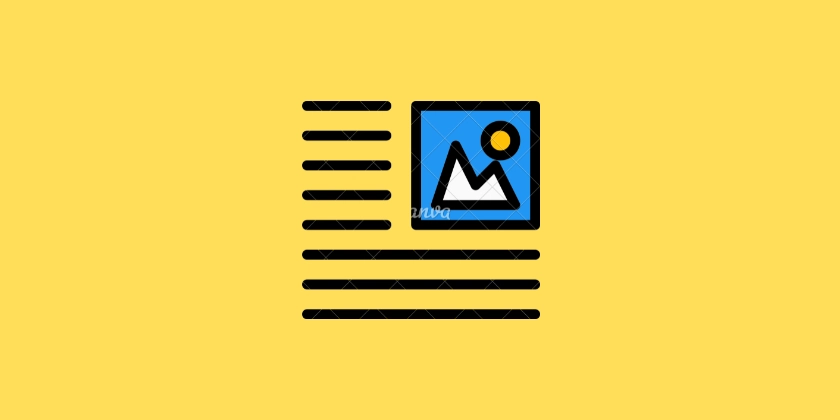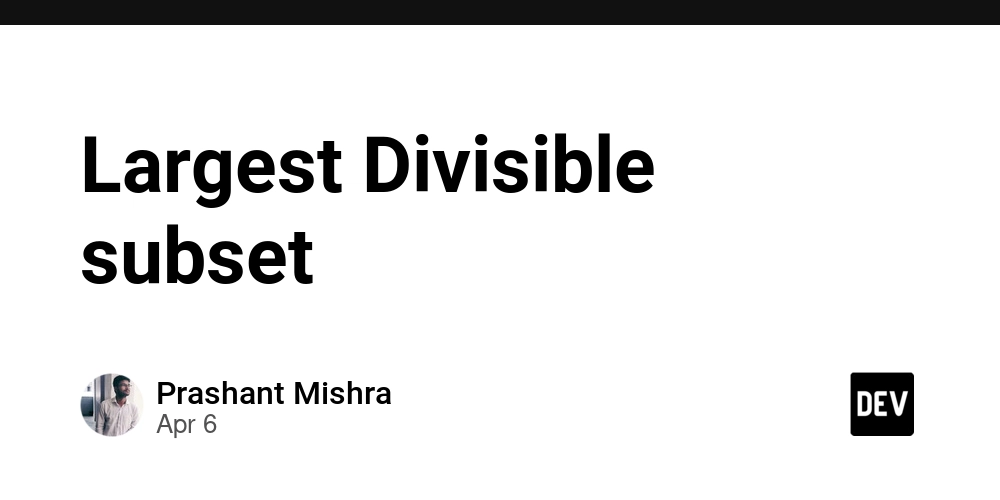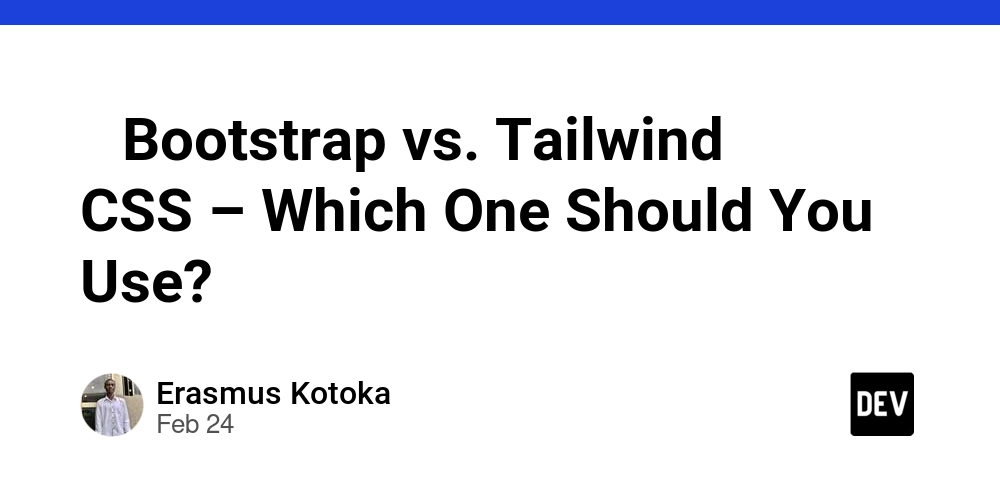Mastering CSS Float Property for Modern Layouts
This post was originally published at thedevspace.io. Everything you need to master web development, all in one place. Originally, the float property was used to take an HTML element (usually an image) out of the normal flow of the webpage and make it float on top of other elements. But then developers quickly realized you can use float to design entire webpage layouts, so that multiple columns of information could sit next to each other. However, with the creation of modern layout techniques such as grid and flexbox, float gradually returned to its original purpose. Float Here is an example of using float: ➡️ View Code Demo As you can see, the element is taken out of the normal flow of the webpage, and it is now floating on top of the element. In this example, we are making the box float to the left side. Similarly, you can make it float to the right side like this: div { float: right; /* . . . */ } You can also float multiple boxes together like this: ➡️ View Code Demo Clearing float Notice that when the boxes are floating, all subsequent elements will move up to fill their original space. If you want to change this default behavior, meaning you don't want the floated boxes to affect the layout of other elements, you can clear the side effects of float using the clear property. ➡️ View Code Demo The clear property takes four values: none (default) left right both When set to left, the side effects of left floated boxes will be removed, as shown in the demonstration. As you can see, the two boxes are still floating next to each other, but the element is no longer affected. When set to right, the side effects of right floated boxes will be removed, and when set to both, the side effects of all floated boxes will be removed. Read More CSS Grid Layout Guide Flexbox Complete Tutorial Modern CSS Colors If you found this guide helpful, follow us on social media for more tips, tutorials, and updates on web development:

This post was originally published at thedevspace.io. Everything you need to master web development, all in one place.
Originally, the float property was used to take an HTML element (usually an image) out of the normal flow of the webpage and make it float on top of other elements. But then developers quickly realized you can use float to design entire webpage layouts, so that multiple columns of information could sit next to each other.
However, with the creation of modern layout techniques such as grid and flexbox, float gradually returned to its original purpose.
Float
Here is an example of using float:
As you can see, the In this example, we are making the You can also float multiple boxes together like this:
Notice that when the The When set to When set to If you found this guide helpful, follow us on social media for more tips, tutorials, and updates on web development:
element.
div {
float: right;
/* . . . */
}
Clearing float
elements will move up to fill their original space. If you want to change this default behavior, meaning you don't want the floated boxes to affect the layout of other elements, you can clear the side effects of float using the clear property.
clear property takes four values:
none (default)leftright bothleft, the side effects of left floated boxes will be removed, as shown in the demonstration. As you can see, the two element is no longer affected.
right, the side effects of right floated boxes will be removed, and when set to both, the side effects of all floated boxes will be removed.
Read More











































































































































































![[The AI Show Episode 142]: ChatGPT’s New Image Generator, Studio Ghibli Craze and Backlash, Gemini 2.5, OpenAI Academy, 4o Updates, Vibe Marketing & xAI Acquires X](https://www.marketingaiinstitute.com/hubfs/ep%20142%20cover.png)




























































































































![[DEALS] The Premium Learn to Code Certification Bundle (97% off) & Other Deals Up To 98% Off – Offers End Soon!](https://www.javacodegeeks.com/wp-content/uploads/2012/12/jcg-logo.jpg)


![From drop-out to software architect with Jason Lengstorf [Podcast #167]](https://cdn.hashnode.com/res/hashnode/image/upload/v1743796461357/f3d19cd7-e6f5-4d7c-8bfc-eb974bc8da68.png?#)








































































































.png?#)























.webp?#)










_Christophe_Coat_Alamy.jpg?#)
 (1).webp?#)




































































































![Apple Considers Delaying Smart Home Hub Until 2026 [Gurman]](https://www.iclarified.com/images/news/96946/96946/96946-640.jpg)
![iPhone 17 Pro Won't Feature Two-Toned Back [Gurman]](https://www.iclarified.com/images/news/96944/96944/96944-640.jpg)
![Tariffs Threaten Apple's $999 iPhone Price Point in the U.S. [Gurman]](https://www.iclarified.com/images/news/96943/96943/96943-640.jpg)



































































































































